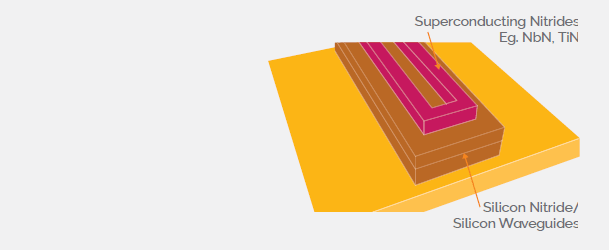Single-Photon Detectors & Superconducting Qubits Are Essential Building Blocks for Quantum Computing, Sensing, Navigation & Communication

(AZOM) Quantum technology is the application of quantum physics for real-world applications such as quantum computing, sensing, navigation, and communication.
Here superconducting single-photon detectors (SSPDs) and superconducting qubits have been essential building blocks. The SSPDs and superconducting qubits encompass a variety of devices, including microwave resonators, transition-edge sensors (TES), superconducting nanowires for single-photon detectors (SNSPDs), Josephson junctions and high-Q superconducting resonators. One of the most crucial factors impacting the operation of these quantum devices is the choice and quality of the superconducting material used. It is important that the material of choice exhibits superconducting behavior at high critical temperatures (Tc) in order to avoid the additional cryocooler techniques that are needed for low Tc material, and that the quantum efficiency (QE) and quantum detection efficiency of these devices is maximized.1 Furthermore, it is also important that the defects in materials used in tunnel barriers, such as in Josephson junctions, are at a minimum as these could lead to decreased coherence of the qubit.
This article is the summary of a white paper accessible from Oxford Instruments at the close of the article.



















